Looking at the Apple Card through the lens of someone who has covered tech products for years, I can tell you this is not just another piece of Apple hardware. You judge it by its specs. It is a financial product that lives inside the Apple ecosystem, and whether it makes sense for you depends on how deeply you are already invested in that world.
Let me break it down. The Apple Card is a straightforward rewards product that integrates tightly with your iPhone. When it launched in 2019, the headline feature was its elimination of fees, meaning no annual charge, no foreign transaction fee, and no late fee. Goldman Sachs provides the financial backing, and Apple handles the Wallet app experience. Old-school bank pipes, Apple gloss.
What makes the rewards structure unique?
Here is the tech twist. The Apple Card’s earning potential hinges on how you pay, not just where you shop. Pay Apple directly, at stores, in the App Store, or for services like Apple Music, and you earn three percent back. The same rate shows up at select partners like Uber, T-Mobile, and Nike when you use Apple Pay with Apple Card. The partners fit Apple’s crowd, urban and tech-forward, people who prize convenience and premium experiences.
Apple nudges you to stay inside its payment ecosystem. Use Apple Pay elsewhere, and you get two percent back, which matches some of the best flat-rate options out there. Pull out the physical titanium card, and earnings drop to one percent on all purchases. That gorgeous slab of metal in your wallet is basically a reminder to use your phone.
Rewards arrive as Daily Cash that lands immediately, not at the end of the month. It is gratifying to watch the balance bump up right after a purchase. You can redeem for statement credits, send money to friends, or move it to the Apple Card Savings Account, which currently offers 3.65% APY, as per Apple. That savings tie-in turns rewards into a little loop that keeps you inside Apple’s financial hub.
How does it stack up against the competition?
Time to look at the math. With a typical $2,000 monthly spend, the Apple Card generates about $31 in rewards. A Citi Double Cash Card would earn roughly $40 on the same spending and toss in a $200 sign-up bonus after meeting requirements.
That gap widens with rotating category cards. Chase Freedom Flex offers five percent back on quarterly categories, three percent on dining and drugstores, plus a $200 bonus. If you can aim your spending at the right categories, especially when gas stations, grocery stores, or Amazon pop up, the returns jump.
So what does Apple Card bring that others do not? Simplicity and integration. You get zero percent financing on Apple products through Monthly Installments, no separate approval to juggle. You still earn three percent Daily Cash on those financed purchases, which makes big device upgrades genuinely attractive. If you refresh your iPhone every two years and pick up a MacBook every few years, that combo can offset lower earnings elsewhere.
What are the real-world advantages and drawbacks?
I have analyzed dozens of financial products, and user experience often beats raw specs. The Apple Card shines here. You apply, track spending with color-coded categories, and schedule payments, all inside Wallet, with real-time transaction updates. Need help? You can text support in Messages 24/7, no hold music required. As someone who has sat through too many customer service loops, this feels almost luxurious.
Privacy and security stand out. The physical card shows no number, expiration date, or CVV, which can reduce fraud risk. Your account information stays on your device, not on Apple’s servers, preserving data privacy. Data breaches feel weekly now, so this approach lands as a premium feature, not just marketing.
There are limits. To maximize rewards, you need to use Apple Pay a lot, and it is not universally accepted. Adoption is broad among big chains, but you will still hit small shops, certain websites, or phone orders that do not take it. You also miss out on premium perks many cards offer, things like lounge access, travel insurance, or purchase protection. The APR ranges from 18.24% to 28.49%, which gets costly if you carry a balance, though that is true for most cards.
Is the Apple Card worth it for your situation?
Bottom line, the Apple Card makes the most sense if you live in the Apple ecosystem and pay with Apple Pay most of the time. It is especially useful if you regularly buy Apple gear and can use the interest-free Monthly Installments. Picture this: you upgrade your iPhone every two years and buy a MacBook every three to four, that zero percent financing plus three percent rewards on those purchases can offset lower earnings on the rest. With no fees at all, it is also easy to keep around as a low-maintenance card.
If maximizing rewards is your north star, there are stronger primary earners. The Apple Card works best as a complementary option, not your only card. Think about your real-world habits. If you often swipe a physical card or shop where Apple Pay is not supported, the reduced earnings can outweigh the convenience.
PRO TIP: Run the numbers on your own spending. If more than 60% of your purchases can go through Apple Pay, and you buy Apple products at least once a year, the card likely pencils out. If you want flexible cash back without any ecosystem strings, look elsewhere.
What this really shows is Apple’s philosophy, user experience over maximum rewards. For devoted Apple users who value simplicity and seamless integration, it delivers on that promise while staying competitive on Apple Pay purchases. It is not the best rewards card on the market, but it might be the best Apple-integrated financial product, and for some users, that is the difference that matters.





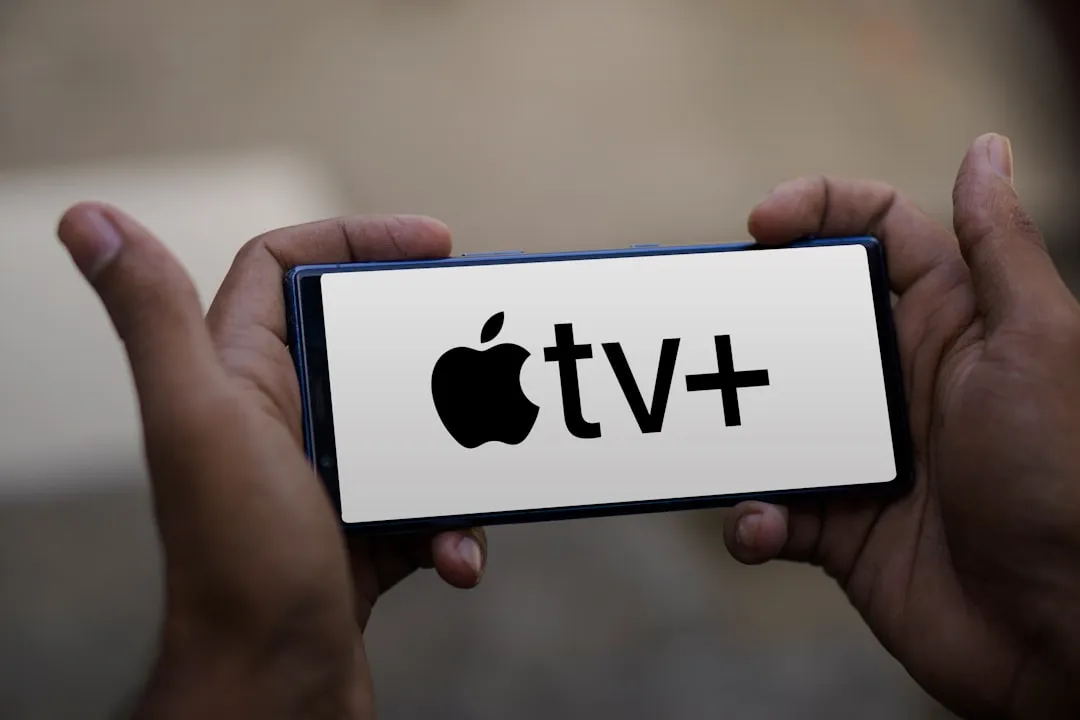
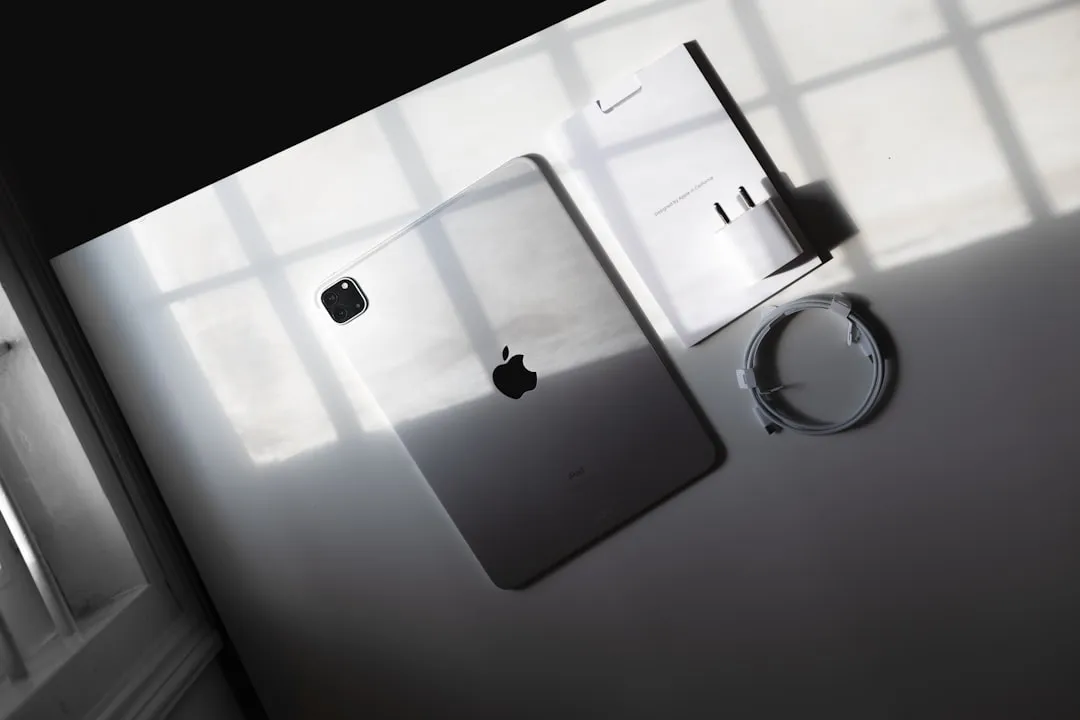

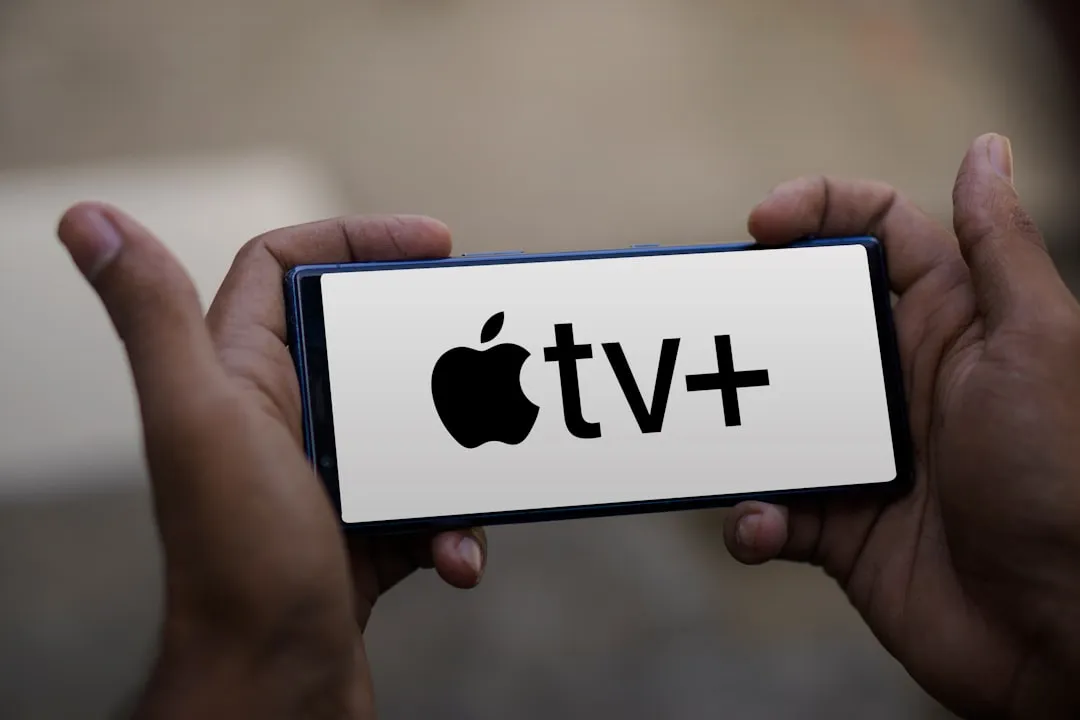

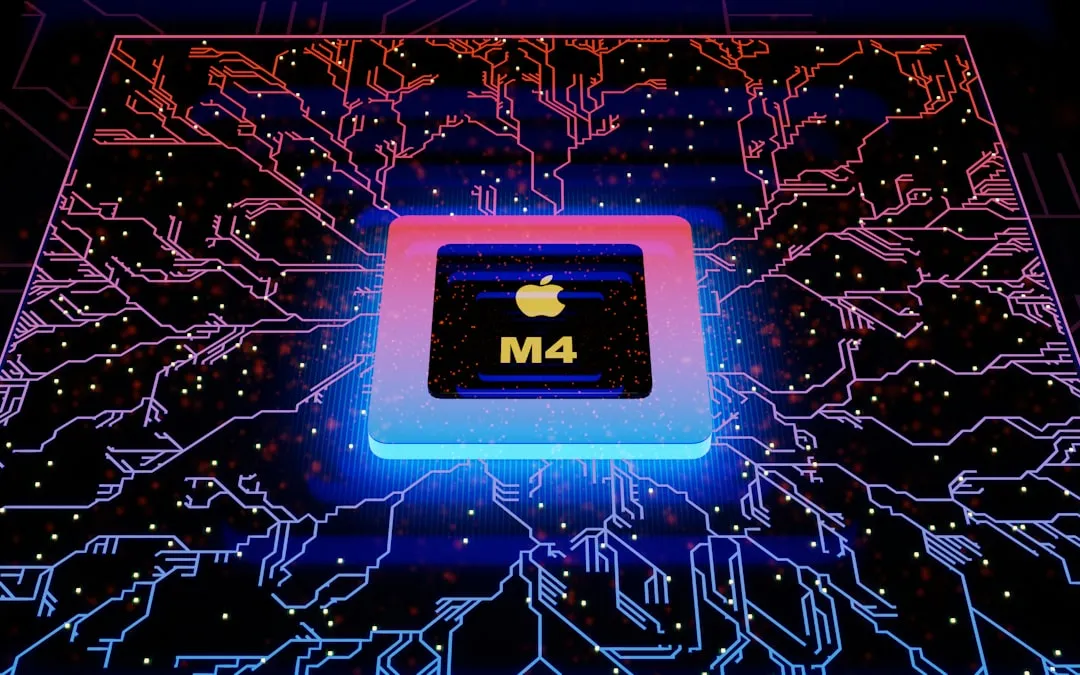
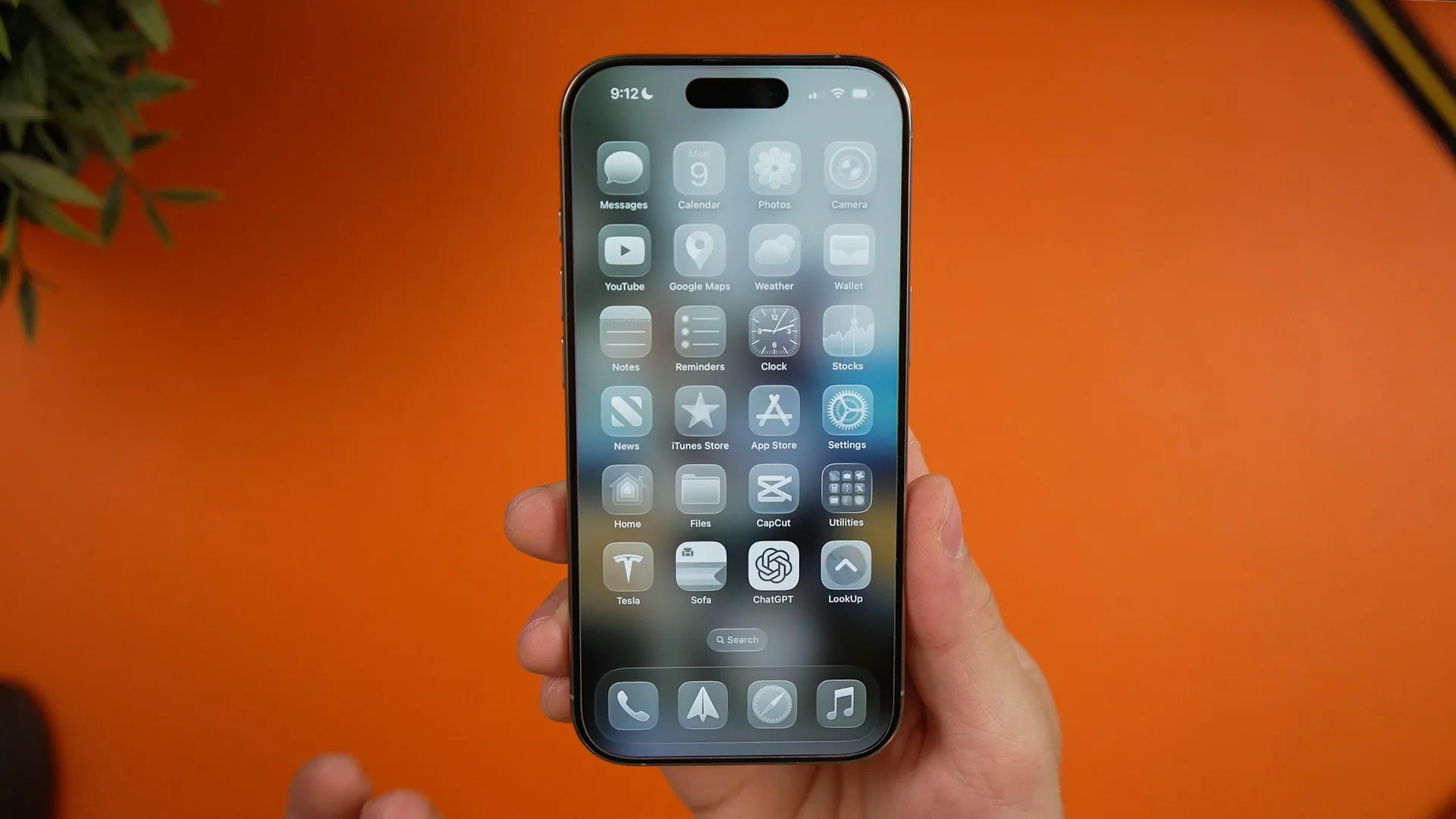

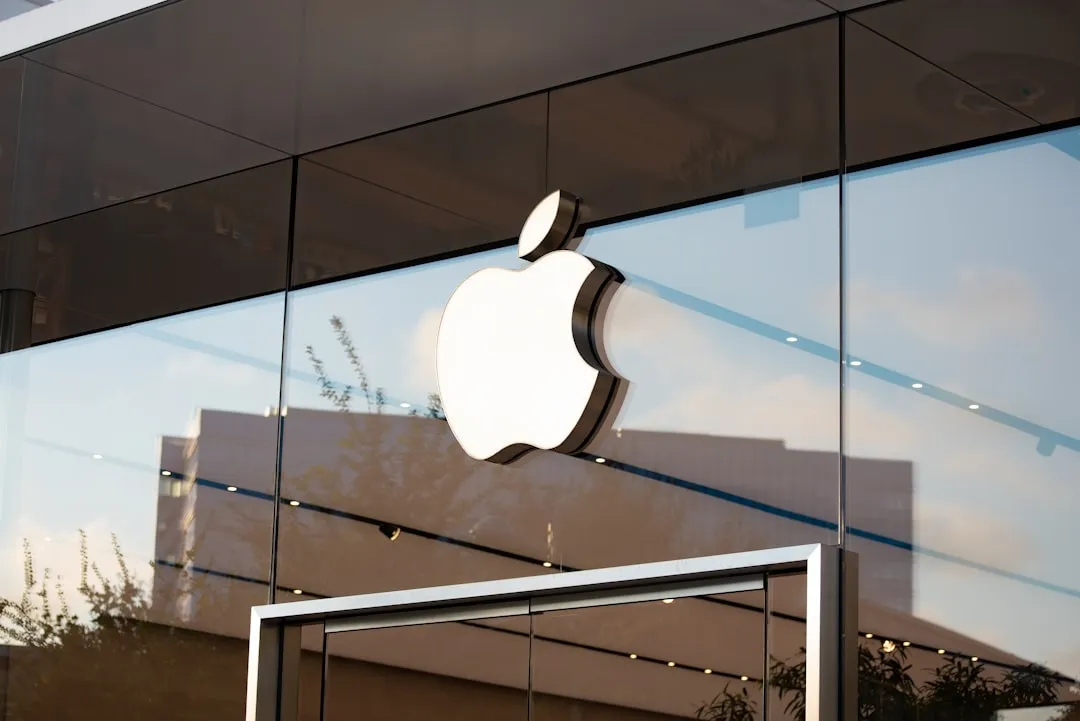



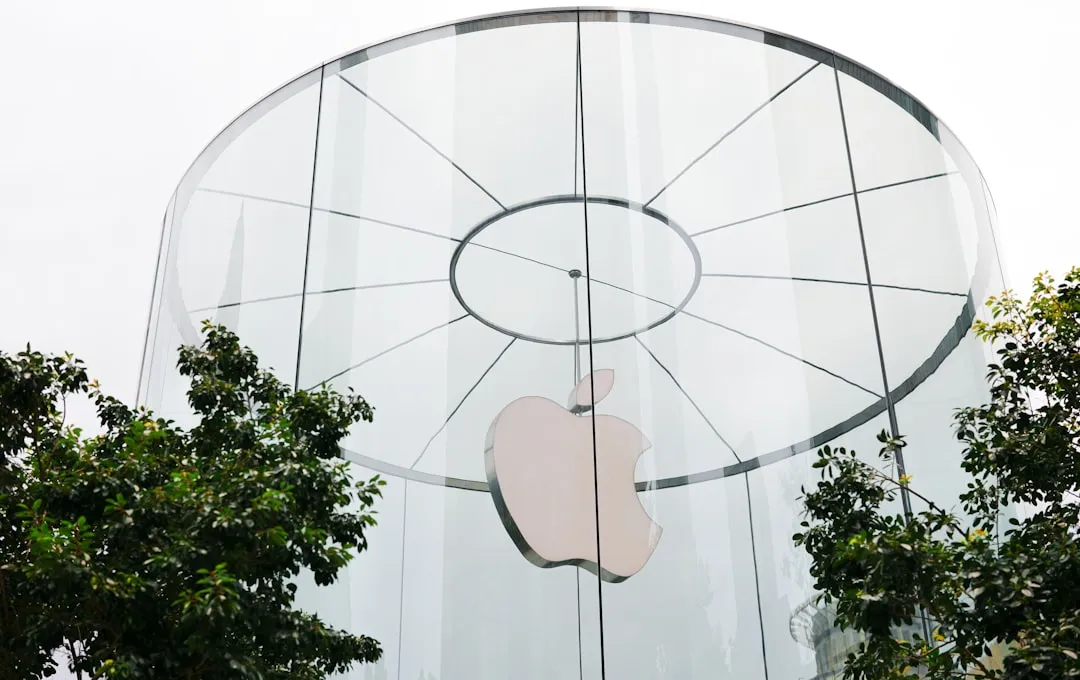




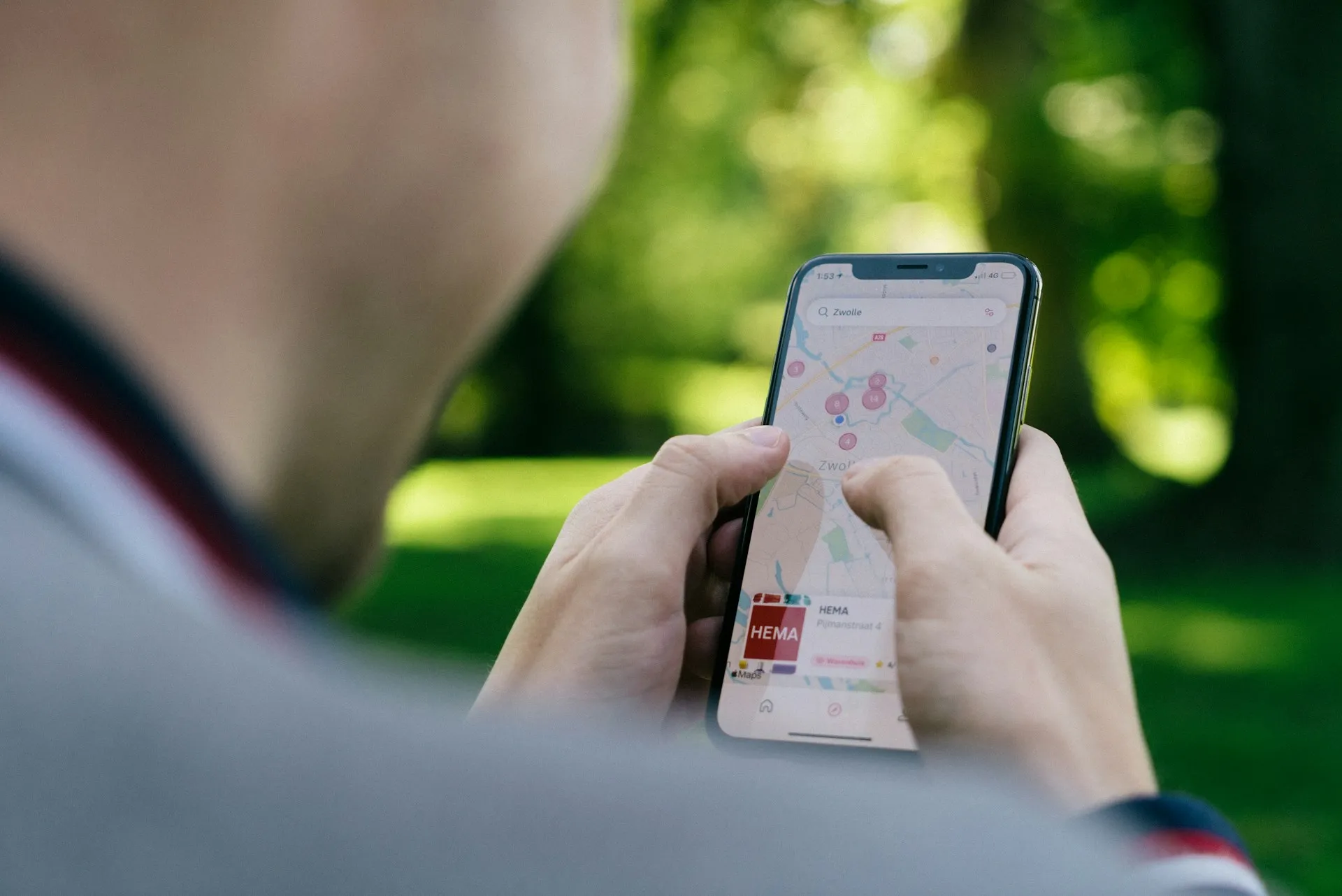

Comments
Be the first, drop a comment!